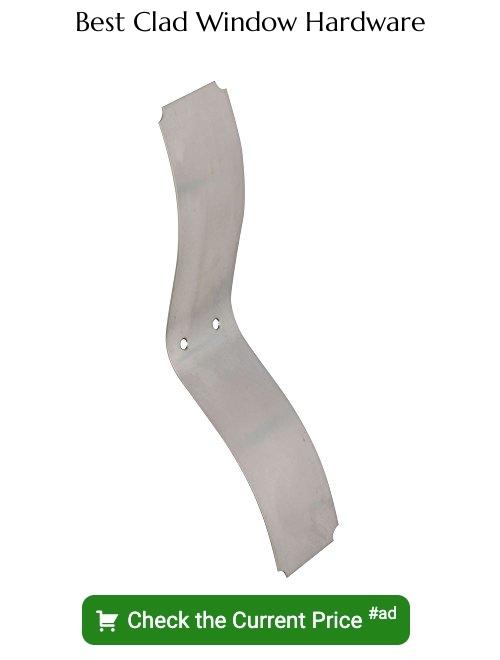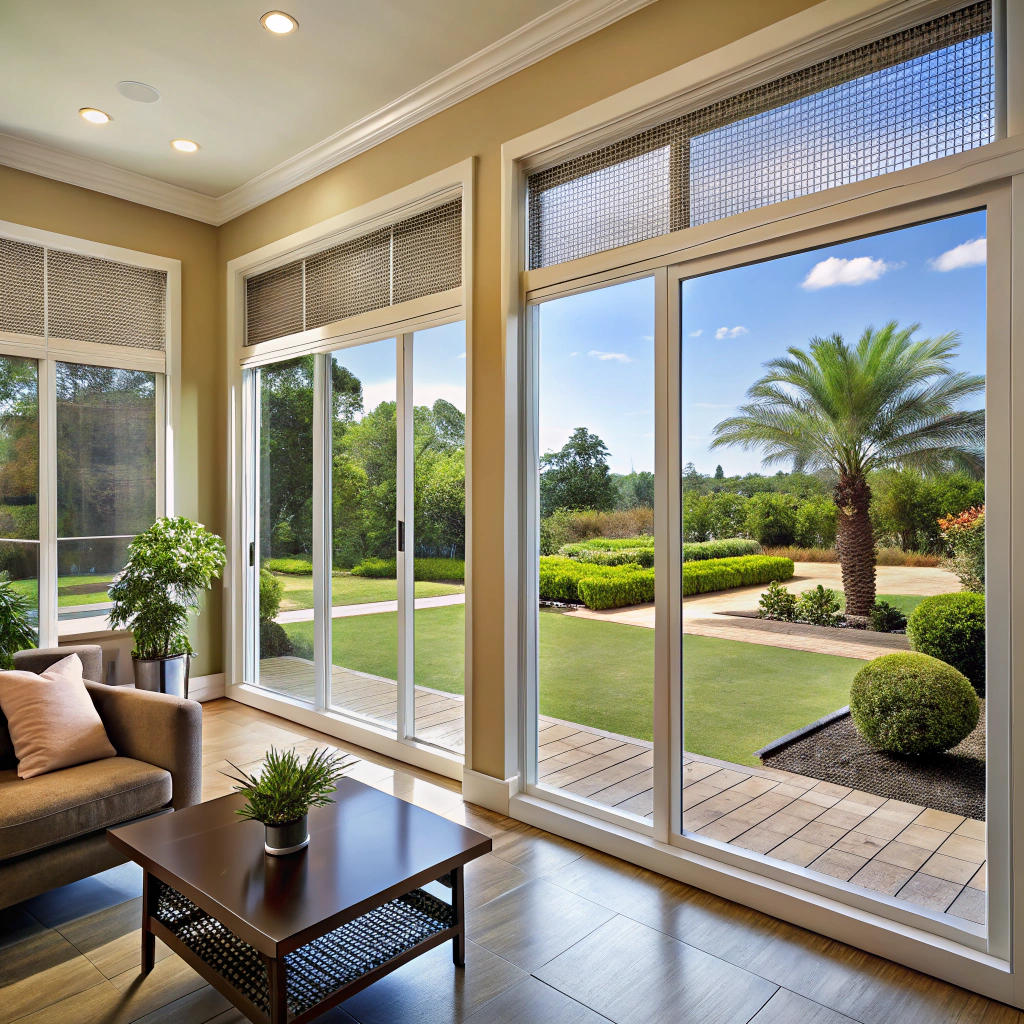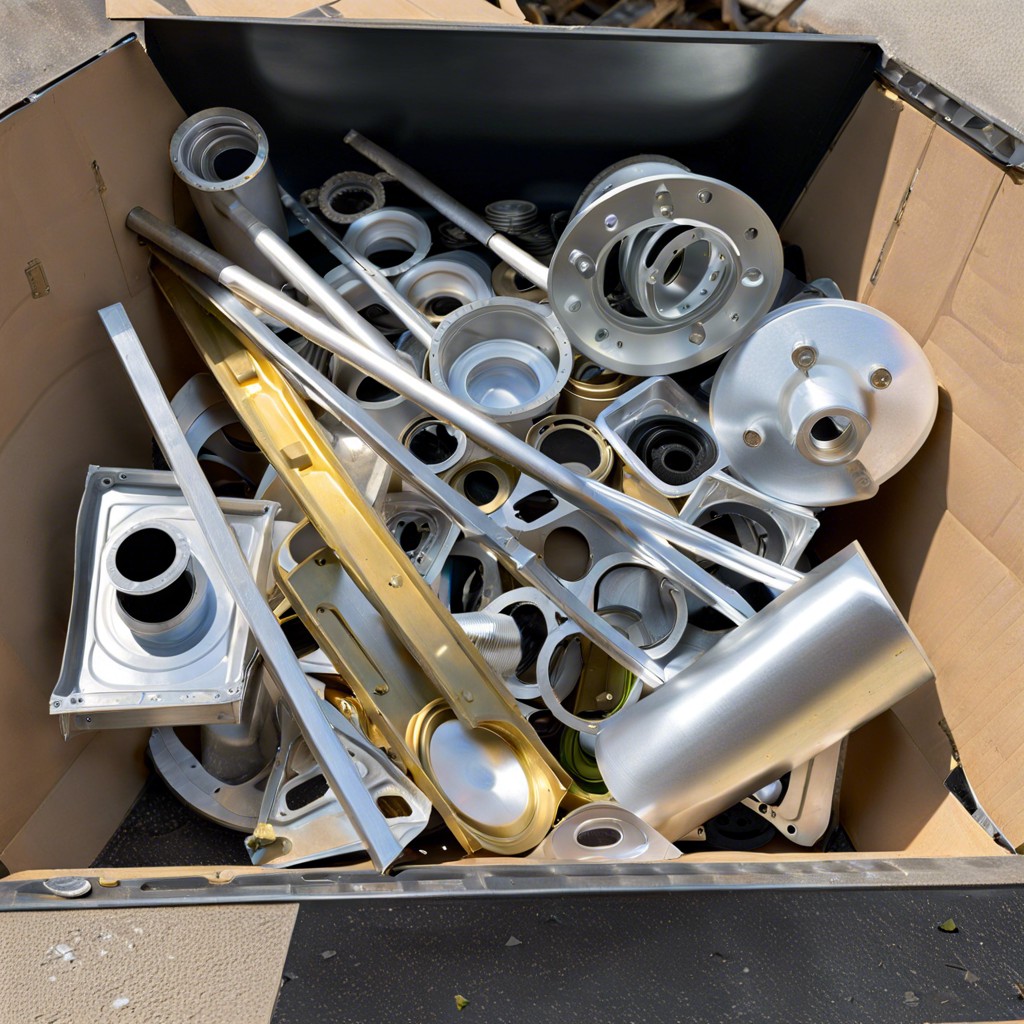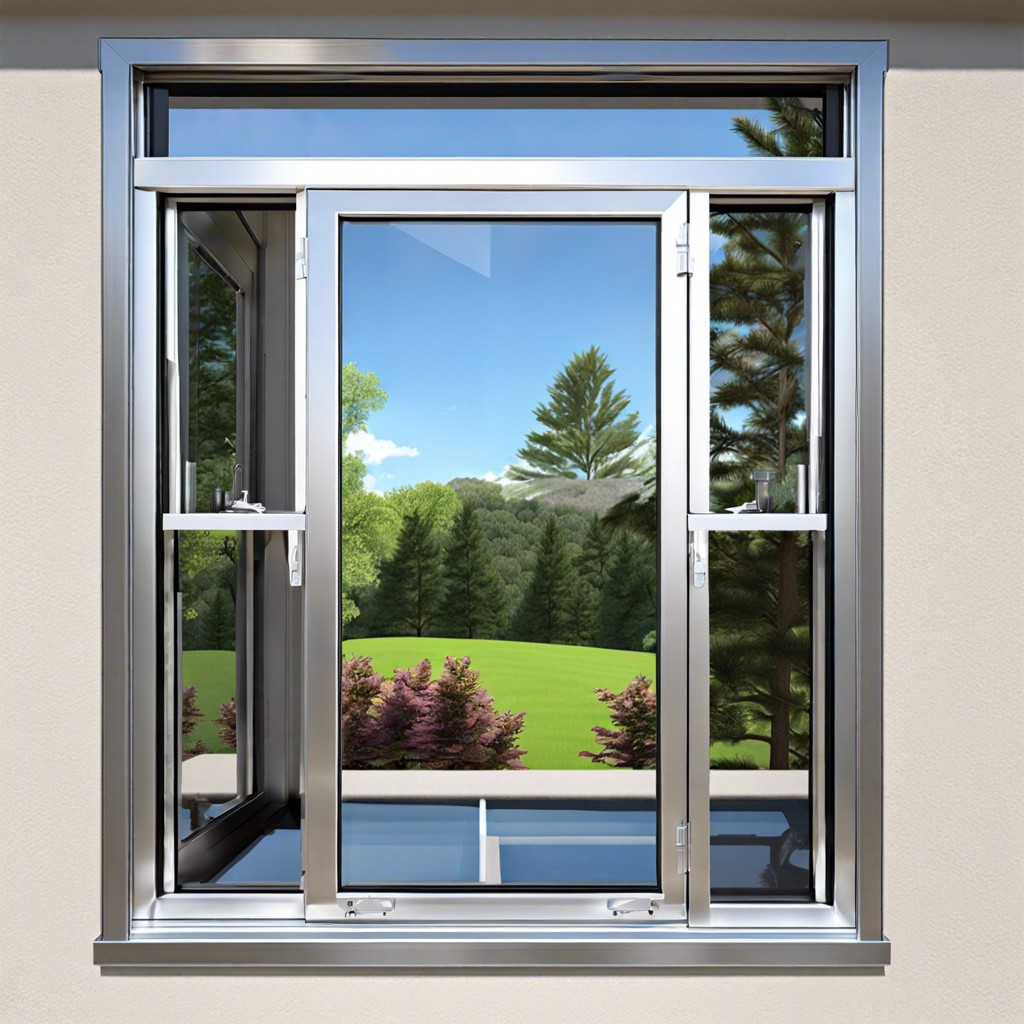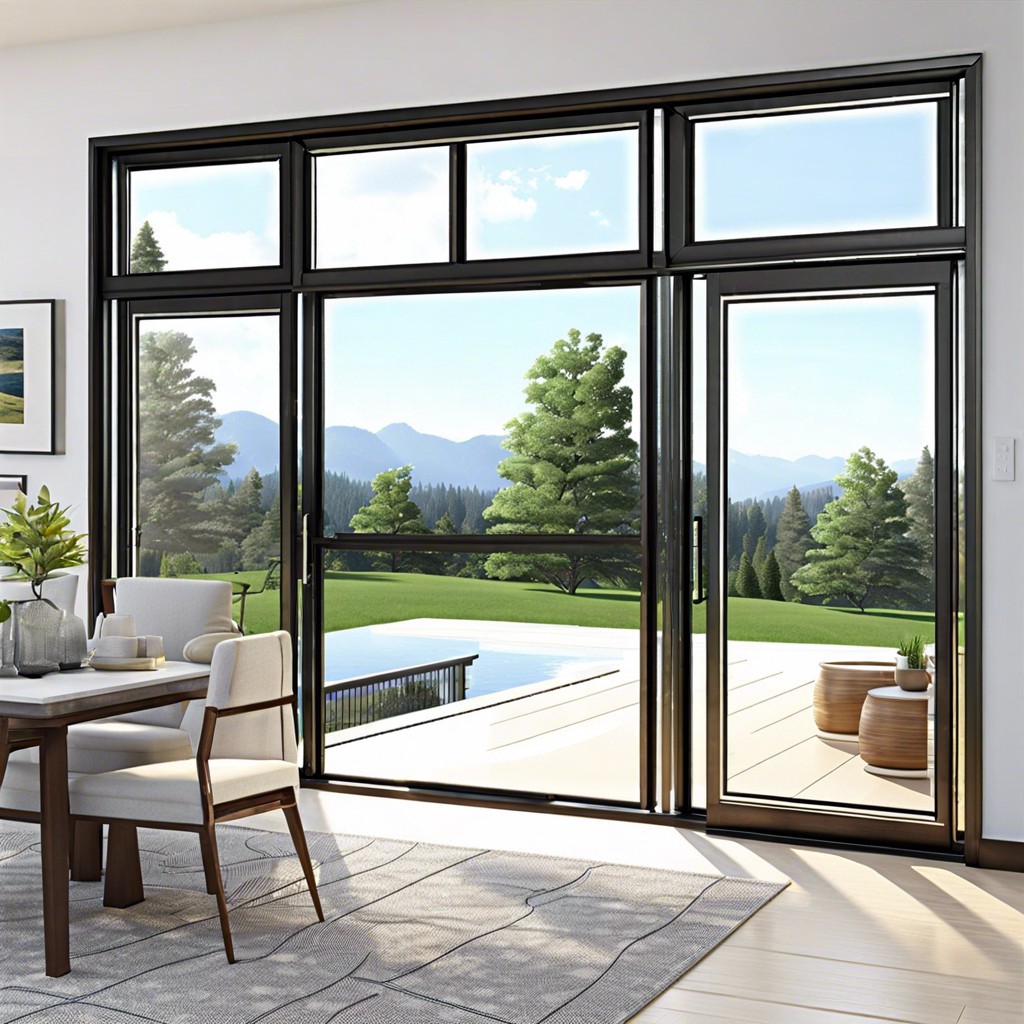Discover the world of clad windows, an innovative solution for homeowners seeking durability and low maintenance, as we dive into its features and benefits in this comprehensive guide.
When it comes to choosing the right windows for your home, there are a lot of different factors to consider. From energy efficiency and durability to style and aesthetics, there are many things that can influence your decision.
One important factor that you may not have considered is whether or not you want a clad window. Clad windows offer a number of benefits over traditional windows, but they also come with their own unique set of features and considerations.
In this blog post, we’ll take a closer look at what clad windows are, how they work, and why they might be the perfect choice for your home. So if you’re in the market for new windows or just curious about different types of window options out there, read on!
Key takeaways:
- Clad windows have exterior cladding for durability and low maintenance.
- Cladding materials include aluminum, vinyl, fiberglass, and wood.
- Benefits of clad windows include energy efficiency and aesthetic appeal.
- Popular cladding brands include Andersen, Marvin, Pella, and Weather Shield.
- Maintenance tips include regular cleaning and checking seals.
Definition of Clad Window
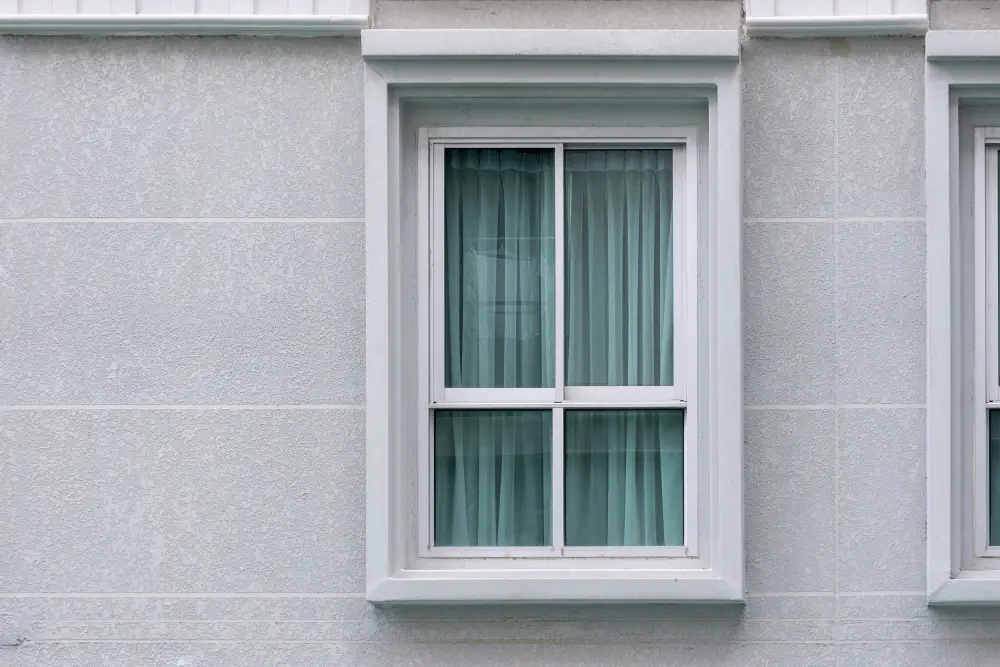
A clad window is a type of window that features an exterior layer or “cladding” made from a different material than the interior frame. This cladding can be made from a variety of materials, including aluminum, vinyl, fiberglass or wood.
The purpose of this cladding is to provide additional protection and durability against the elements while also reducing maintenance requirements for homeowners.
Clad windows are becoming increasingly popular among homeowners due to their many benefits over traditional non-clad windows. They offer superior energy efficiency and insulation properties as well as increased resistance to moisture damage and rotting.
Clad windows come in various styles and designs that can complement any home’s aesthetic appeal while providing long-lasting performance. Whether you’re looking for modern sleekness or classic elegance in your home’s design scheme, there’s sure to be a clad window option that fits your needs perfectly.
What Is Window Cladding?
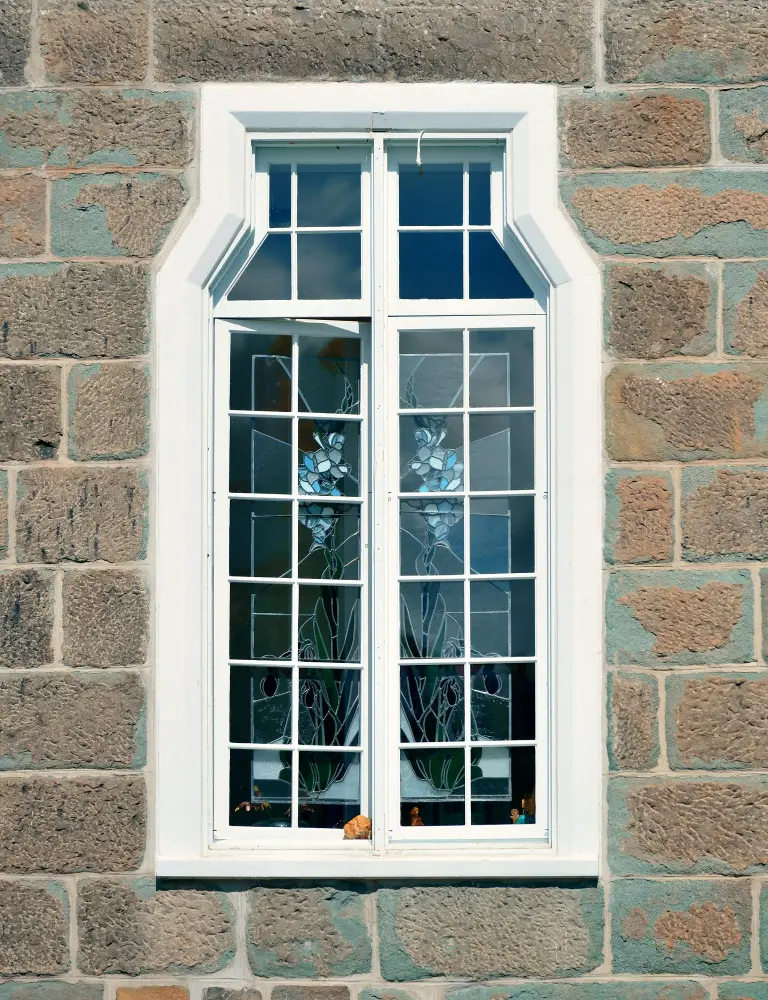
The purpose behind this technique is to enhance the durability, energy efficiency, and aesthetic appeal of windows. Cladding materials can vary from aluminum and vinyl to fiberglass and wood.
The cladding material acts as a protective shield against harsh weather conditions such as rain, snow, wind or extreme heat that could damage the window frames over time. It also helps in reducing maintenance costs by preventing rotting or warping caused by moisture absorption.
In addition to its functional benefits, window cladding offers homeowners an opportunity for customization through various color options that complement their home’s design style.
Clad windows are becoming increasingly popular among homeowners due to their numerous advantages over traditional non-clad windows.
Types of Cladding Materials
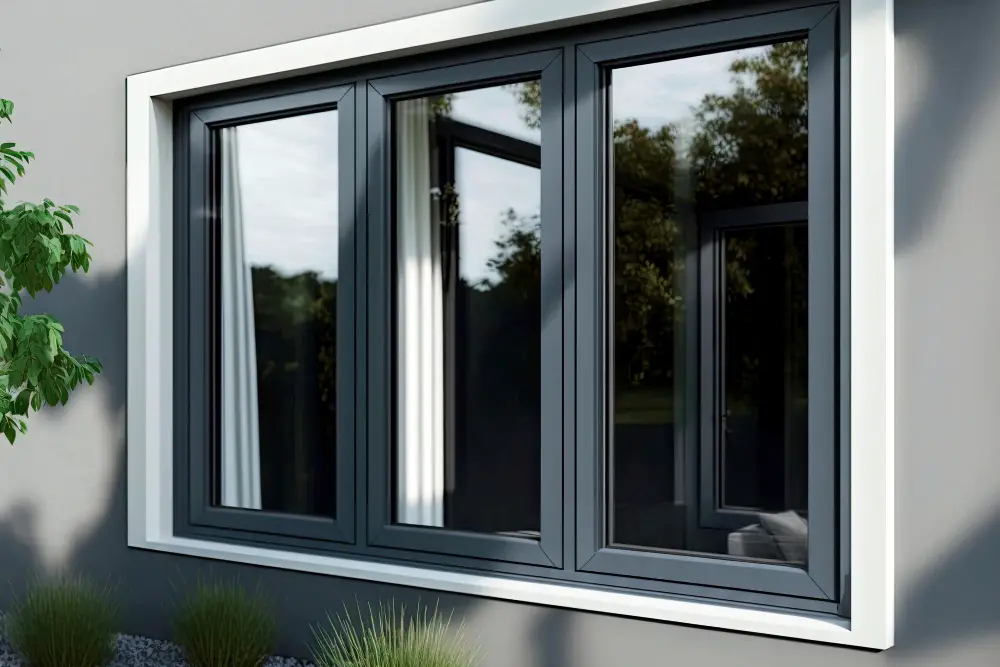
There are several types of cladding materials available in the market, each with its own unique set of features and benefits.
Aluminum is a popular choice for cladding material due to its durability and low maintenance requirements. It is also highly resistant to corrosion and can withstand extreme weather conditions.
Vinyl is another common option for cladding material because it offers excellent insulation properties while being affordable compared to other options. Vinyl-clad windows require minimal upkeep, making them ideal for homeowners who want a hassle-free solution.
Fiberglass has gained popularity in recent years due to its strength and resistance against warping or cracking over time. Fiberglass-clad windows offer superior energy efficiency while providing an attractive appearance similar to wood grain finishes.
Wood remains one of the most traditional choices when it comes to clad window frames since it provides natural beauty that complements any home’s architectural style. Wood-clad windows offer excellent insulation properties but require more maintenance than other options like aluminum or vinyl.
Aluminum Clad Windows
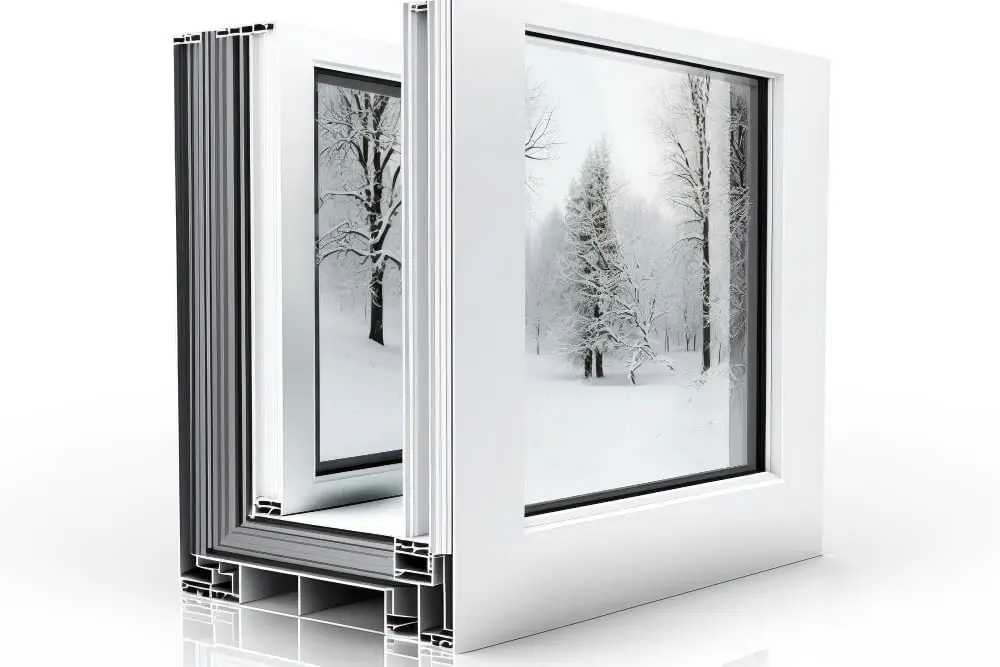
These windows feature an aluminum exterior that is resistant to weathering, corrosion, and other types of damage. The interior is made from wood or another material that can be painted or stained to match your home’s decor.
One advantage of aluminum clad windows is their strength and durability. They are less likely to warp, rot, or crack than traditional wooden frames because they have a protective layer on the outside.
This makes them ideal for homes in areas with harsh weather conditions such as high winds or heavy rain.
Another benefit of these types of windows is their energy efficiency. Aluminum has excellent thermal properties which means it can help keep your home warm in winter and cool in summer by reducing heat transfer through the window frame.
However, one downside to consider when choosing aluminum clad windows over other materials like vinyl-clad ones would be its cost as it tends to be more expensive due to its superior quality compared with others.
Vinyl Clad Windows
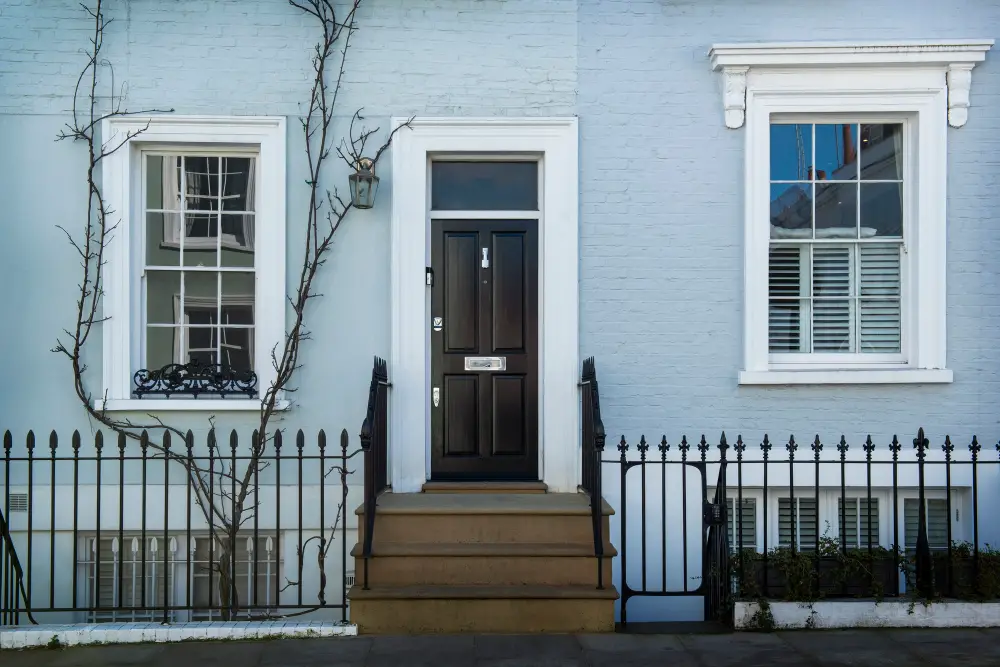
These windows feature a vinyl exterior that is fused to the wood interior, providing excellent insulation and durability. Vinyl cladding is available in a wide range of colors, making it easy to match your home’s existing color scheme or create a new look altogether.
One of the biggest advantages of vinyl clad windows is their energy efficiency. The vinyl coating helps to insulate your home against heat loss during the winter months and heat gain during summer months, which can help reduce your heating and cooling costs over time.
In addition to being energy efficient, vinyl clad windows are also very durable. They resist fading from sunlight exposure as well as cracking or warping due to changes in temperature or humidity levels.
Fiberglass Clad Windows
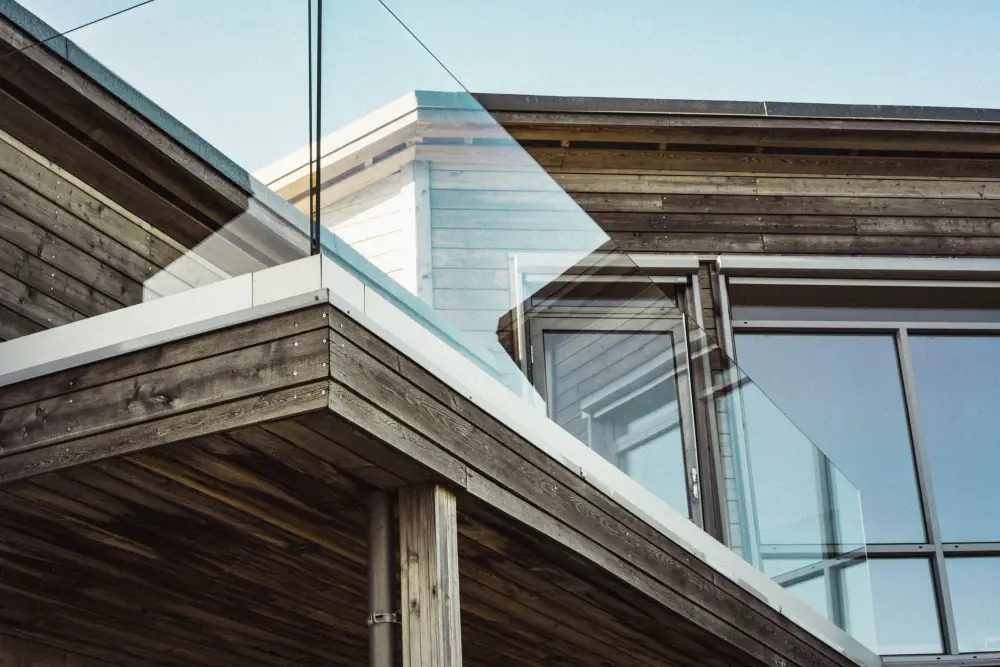
These windows feature a fiberglass exterior that is resistant to weathering, rotting, and warping, while still allowing for customization options on the interior. Fiberglass clad windows are also highly energy-efficient due to their insulating properties.
One benefit of fiberglass clad windows is their strength and durability. They can withstand extreme temperatures without cracking or warping, making them ideal for areas with harsh climates.
They require very little maintenance beyond occasional cleaning.
Another advantage of fiberglass-clad windows is their versatility in terms of design options. The interior can be customized to match any decor style or color scheme using various types of wood finishes such as oak or maple.
Wood Clad Windows
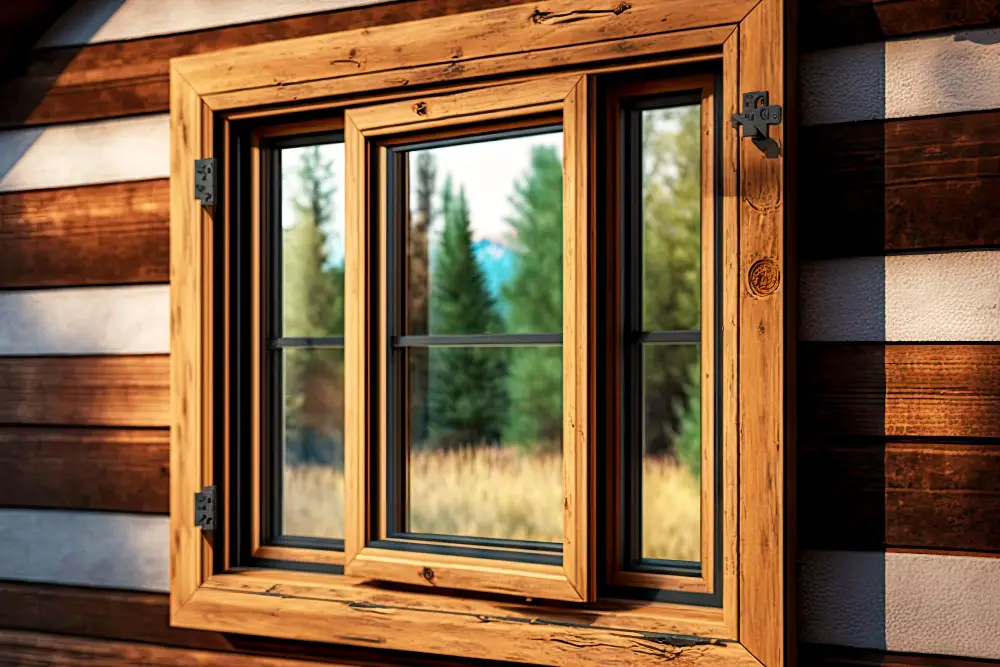
The wood used in these windows is typically high-quality hardwoods like oak or mahogany, which can be stained or painted to match any decor style. On the outside, aluminum or vinyl cladding protects against weather damage and reduces maintenance needs.
One advantage of choosing wood clad windows is that they offer excellent insulation properties due to their solid construction. This means that they can help keep your home warm in winter and cool in summer, reducing energy costs over time.
However, it’s important to note that wood clad windows do require some upkeep over time as exposure to moisture can cause rotting if not properly maintained. Regular cleaning with mild soap and water followed by sealing with a protective coating will help ensure longevity.
Clad Windows Vs. Non-Cladding Windows
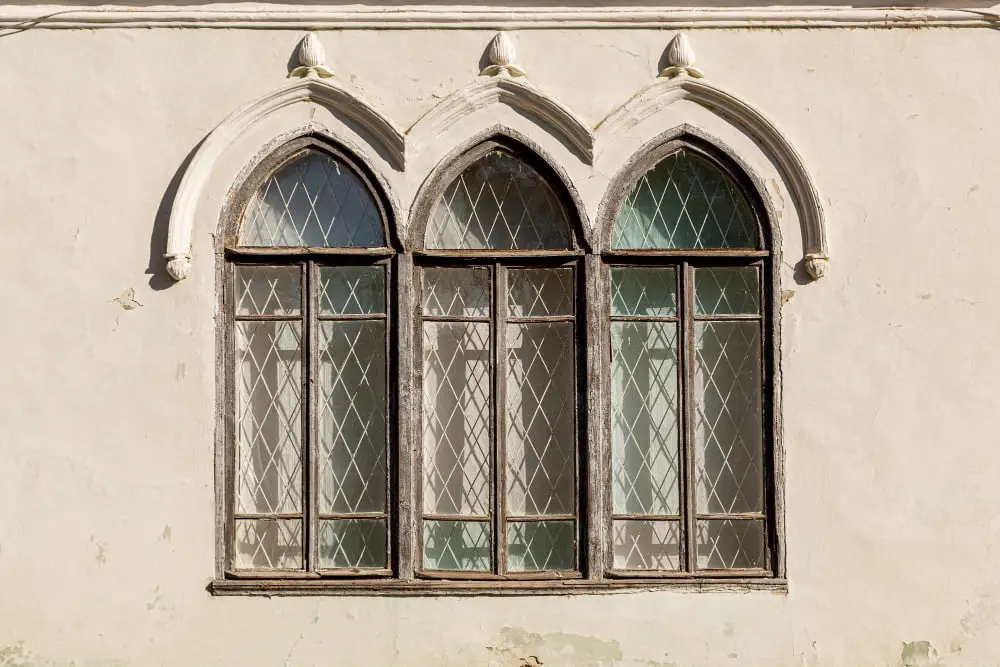
Non-cladding windows are typically made entirely of one material, such as wood or vinyl. While these types of windows can be cost-effective and aesthetically pleasing, they may not offer the same level of durability or energy efficiency as clad options.
Clad windows, on the other hand, feature an exterior layer (or “cladding”) that is typically made from aluminum or another durable material. This cladding helps protect the window from weather damage and other wear-and-tear over time.
While both types of window have their own unique benefits and drawbacks depending on your specific needs and preferences as a homeowner, many people find that clad options offer superior performance in terms of longevity and energy efficiency.
Benefits of Clad Windows
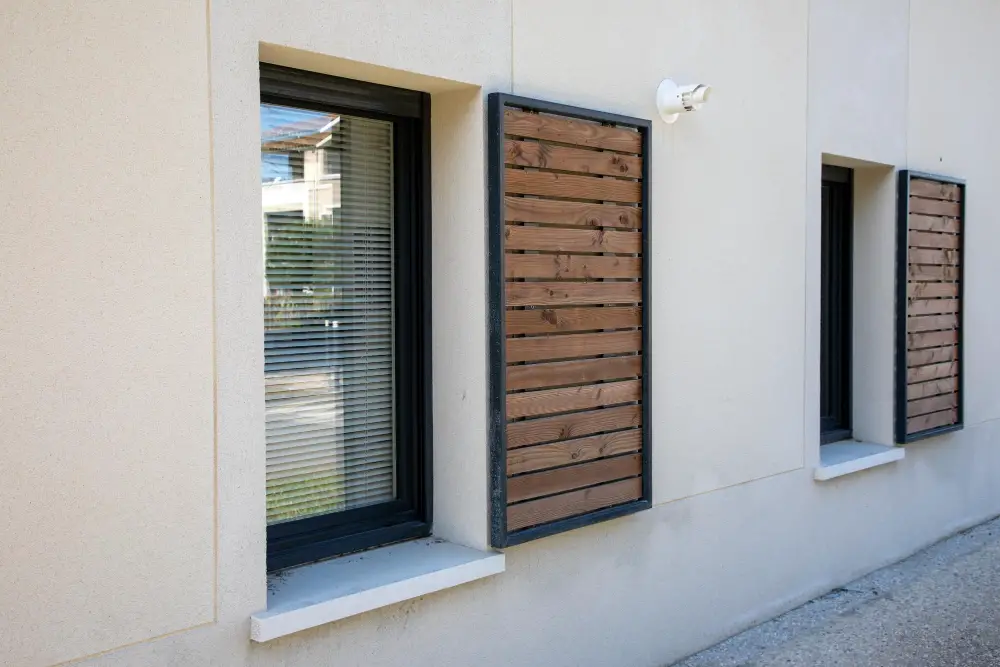
One of the most significant advantages is their durability and low maintenance requirements. Cladding materials such as aluminum, vinyl, fiberglass or wood protect the window frame from weather damage and other external factors that can cause wear and tear over time.
Another benefit of clad windows is their energy efficiency. The cladding material acts as a barrier to prevent heat transfer between the interior and exterior environments, which helps to keep your home comfortable year-round while reducing your energy bills.
In addition to being durable and efficient, clad windows also offer aesthetic appeal with customizable options available in different colors, finishes or styles that complement any architectural design scheme.
Energy Efficiency
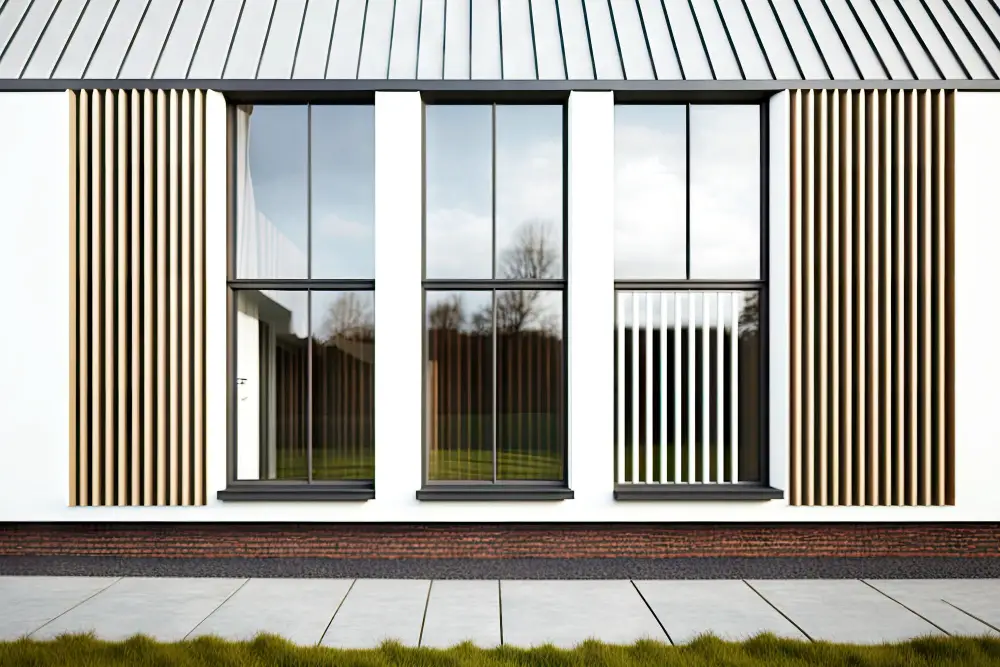
Clad windows are designed to provide superior insulation, which can help keep your home warm in the winter and cool in the summer. This means that you’ll be able to save money on your heating and cooling bills over time, as well as reduce your carbon footprint by using less energy overall.
The key to this increased energy efficiency lies in the cladding material itself. Most clad windows feature a layer of aluminum or vinyl on the exterior frame, which helps prevent heat transfer between inside and outside air temperatures.
Many manufacturers offer low-E glass options for their clad window products that further enhance insulation properties.
Eco-Friendliness and Sustainability
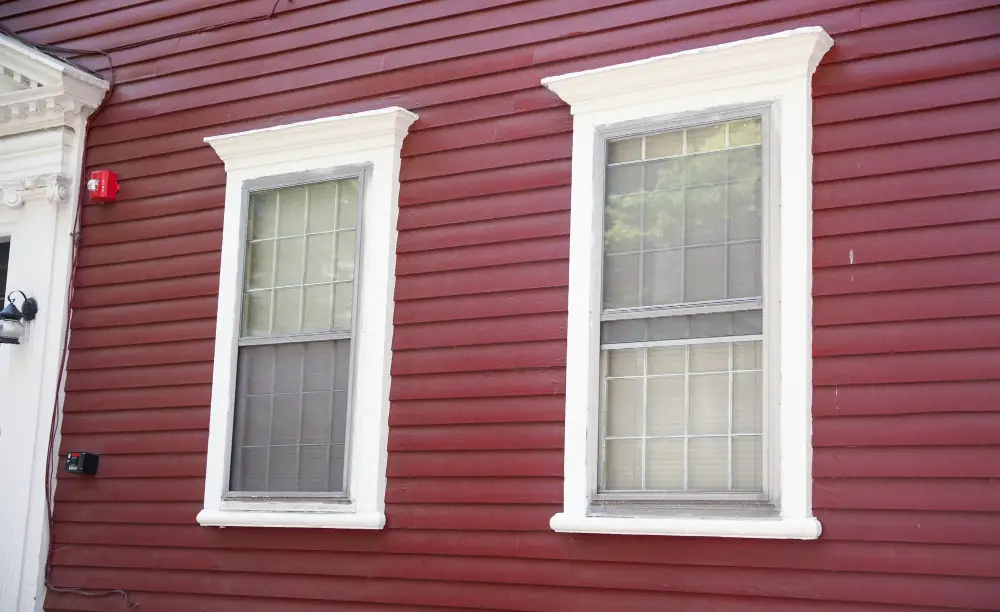
Clad windows offer a number of benefits in this regard, as they are designed to be energy-efficient and environmentally friendly. The cladding materials used in these types of windows can help reduce heat loss during the winter months, which means you’ll use less energy to keep your home warm and comfortable.
Many clad window manufacturers use sustainable materials like wood from responsibly managed forests or recycled aluminum for their cladding options. This helps reduce waste and minimize the environmental impact of producing new windows.
When considering eco-friendliness and sustainability with clad windows, it’s also important to think about their lifespan. Because they’re designed with durability in mind, clad windows tend to last longer than traditional non-clad options.
This means you won’t have to replace them as frequently over time – reducing waste even further.
Maintenance and Durability
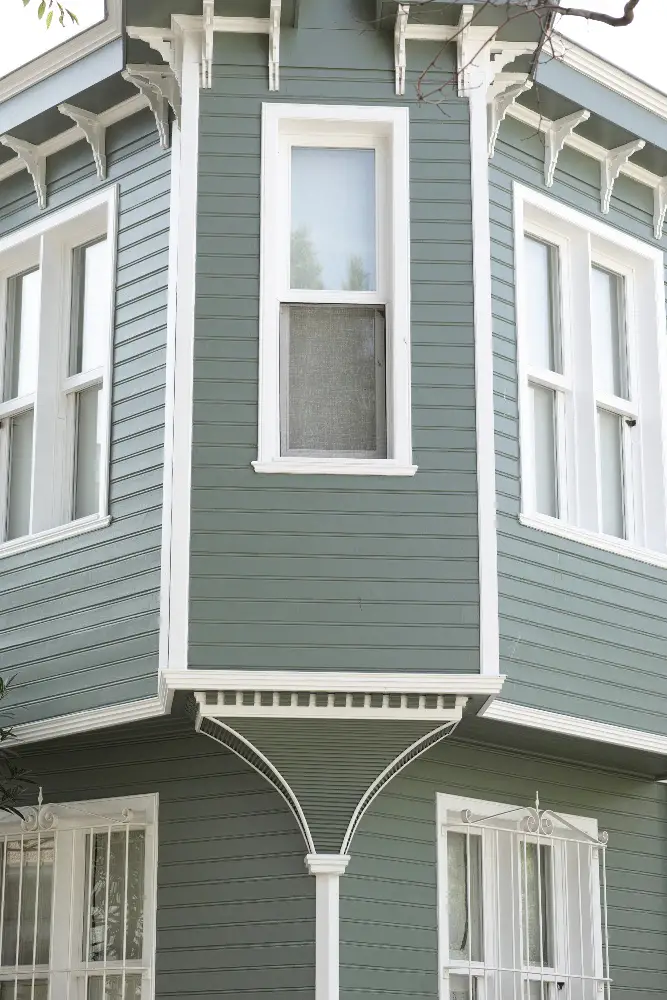
Cladding materials such as aluminum, vinyl, fiberglass or wood provide an extra layer of protection against weather elements like rain, wind and snow. This means that your windows will last longer than traditional non-clad options.
In terms of maintenance, clad windows are also a great choice for homeowners who want to minimize upkeep tasks. The cladding material requires little to no maintenance beyond occasional cleaning with soap and water or a mild detergent solution.
However, it’s important to note that not all cladding materials are created equal in terms of durability. While aluminum is known for its strength and resistance to corrosion over time; vinyl may fade or crack under extreme temperatures; fiberglass can be prone to warping if exposed directly sunlight while wood may rot if not properly maintained.
Aesthetic Appeal
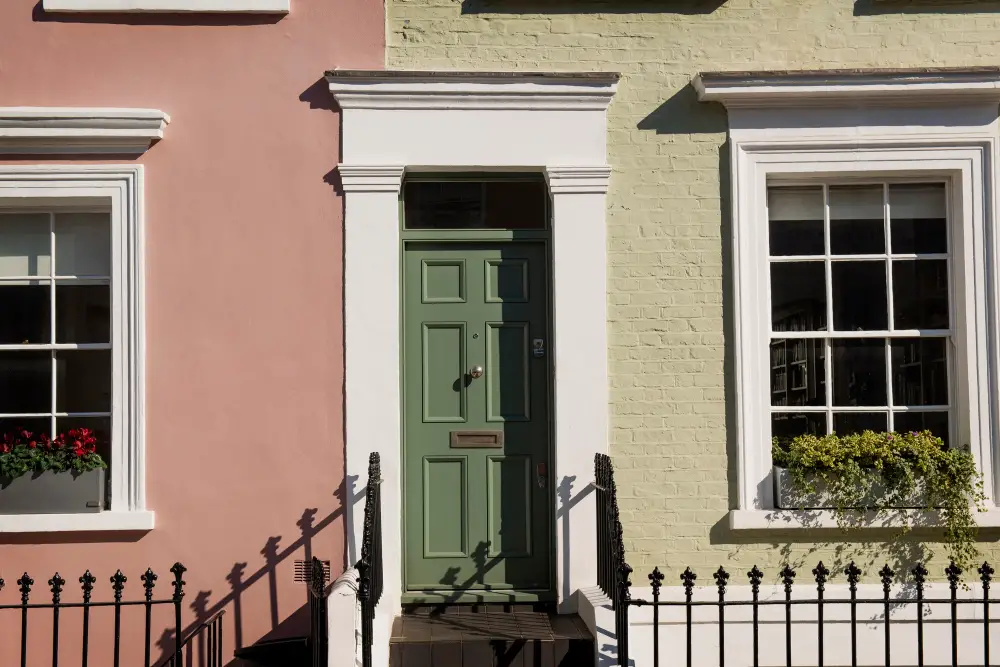
Clad windows come in a wide range of styles, colors, and finishes that can complement any home’s architectural design. The cladding material provides an additional layer to the window frame, which allows for more customization options than traditional non-clad windows.
Homeowners can choose from various materials such as aluminum, vinyl or wood to match their home’s exterior look and feel. Clad windows offer a sleeker appearance with narrower frames compared to non-clad alternatives.
Costs and Budget Considerations
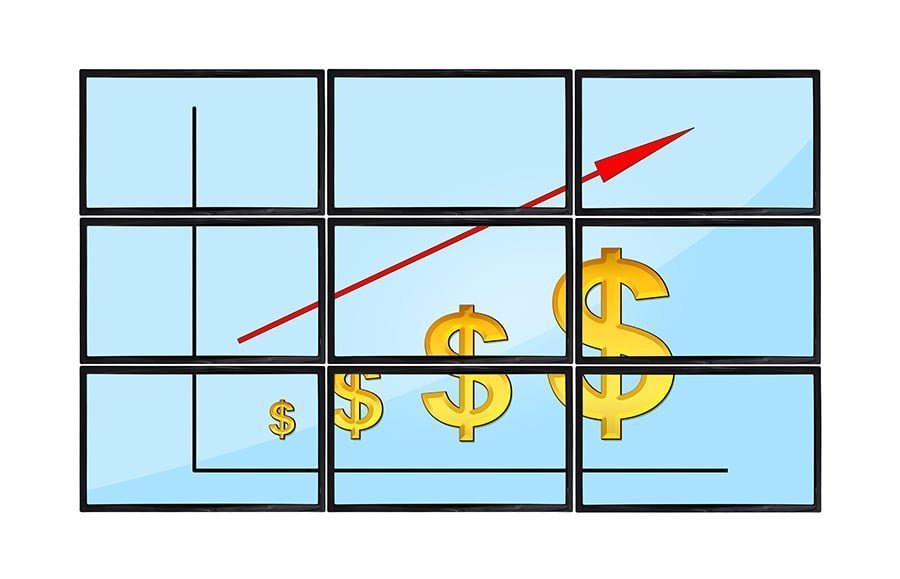
Clad windows can be more expensive than traditional non-clad options due to the added materials and manufacturing processes involved. However, they also offer long-term savings in terms of maintenance and energy efficiency.
The cost of clad windows varies depending on several factors such as size, material type, customization options and installation costs. Aluminum clad windows are typically less expensive than wood or fiberglass cladding because aluminum is cheaper compared to other materials used in window cladding.
It’s important to keep in mind that while you may pay more upfront for clad windows compared with non-cladded ones; their durability means they will last longer before needing replacement which could save you money over time.
Installation Process
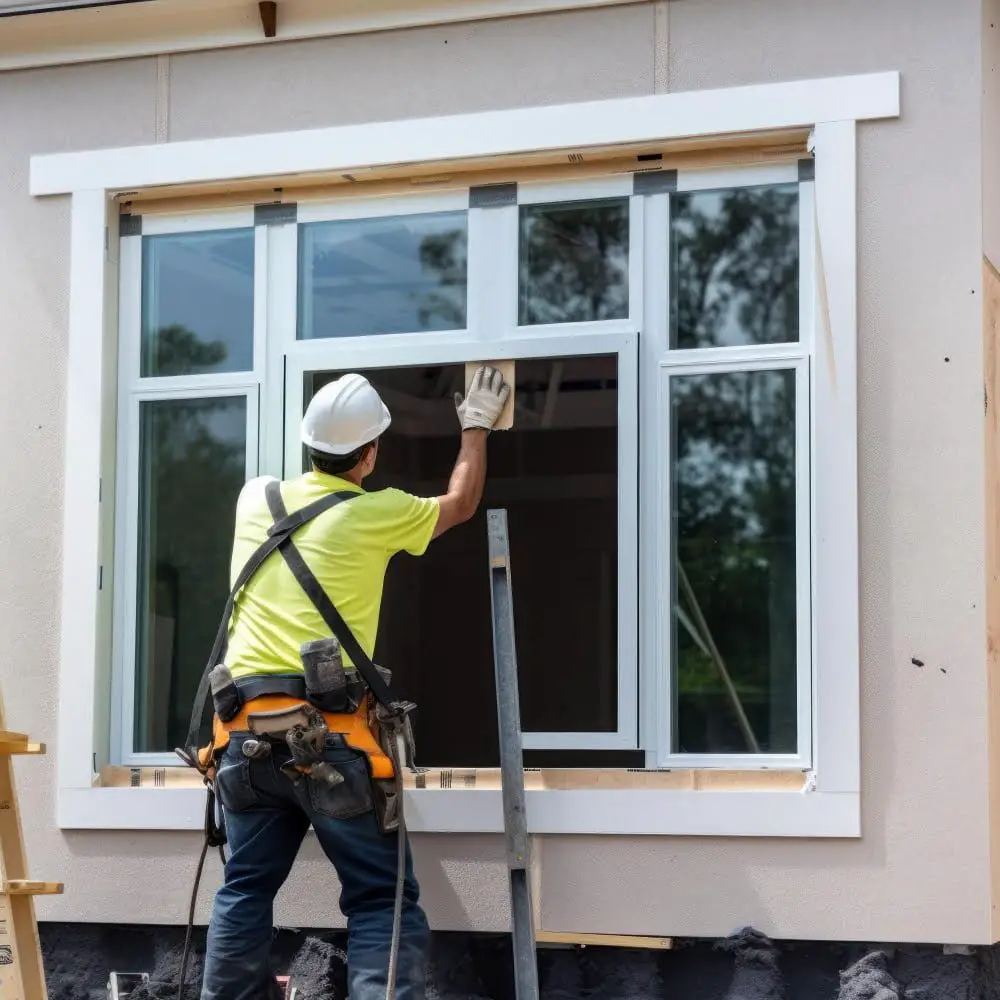
While it’s possible to install new windows yourself, it’s generally recommended that you hire a professional contractor for this job. This is especially true if you’re installing clad windows, as they require a bit more expertise and precision than traditional non-clad options.
The first step in the installation process is measuring your existing window openings and ordering custom-sized clad windows from a manufacturer or supplier. Once your new windows arrive on-site, the old ones will be removed carefully without damaging any surrounding trim or siding.
Next comes fitting and securing of flashing around each window opening before placing them into position with shims for proper alignment. The final steps include sealing gaps between frames using foam insulation strips or caulk while ensuring that all hardware components are securely fastened according to manufacturer instructions.
Customization Options
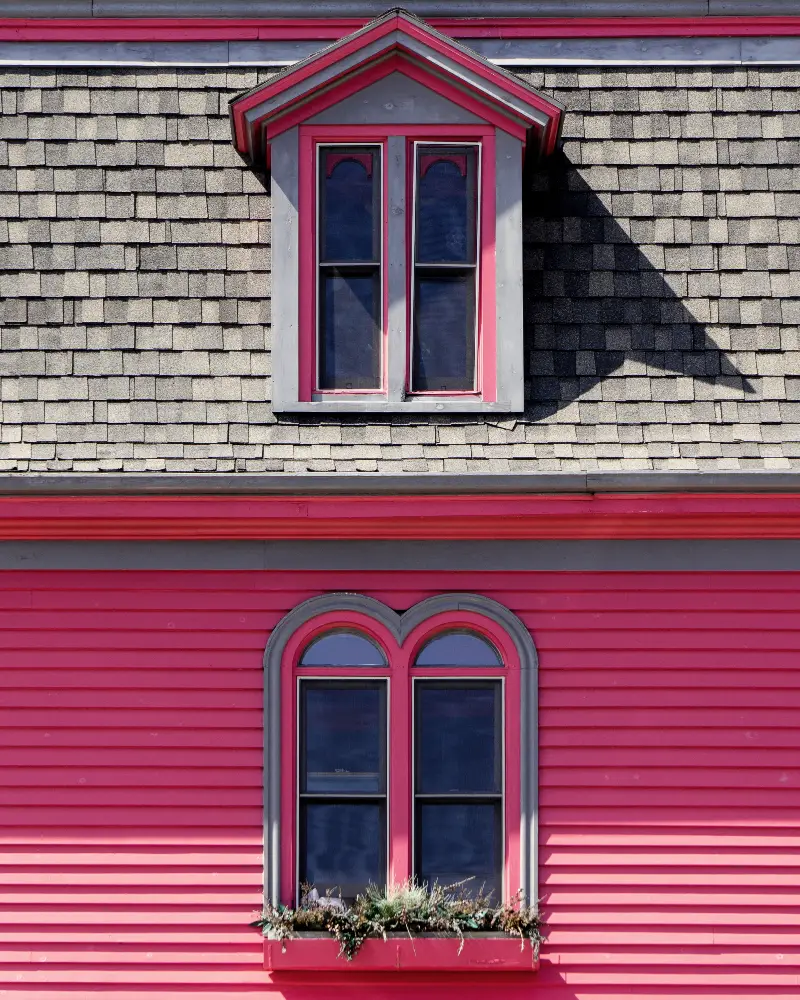
Clad windows come in a variety of colors, finishes, and styles that can be tailored to match your home’s architecture and design aesthetic. You can choose from different types of cladding materials such as aluminum or vinyl for a sleek modern look or wood for a more traditional feel.
You can also select various hardware options like handles and locks that complement the overall style of your window. Some manufacturers even offer custom shapes and sizes so you can create unique designs that fit perfectly with your home’s existing features.
Customization options not only enhance the appearance but also add value by increasing curb appeal which is important if you plan on selling in future years.
Tips for Choosing Clad Windows
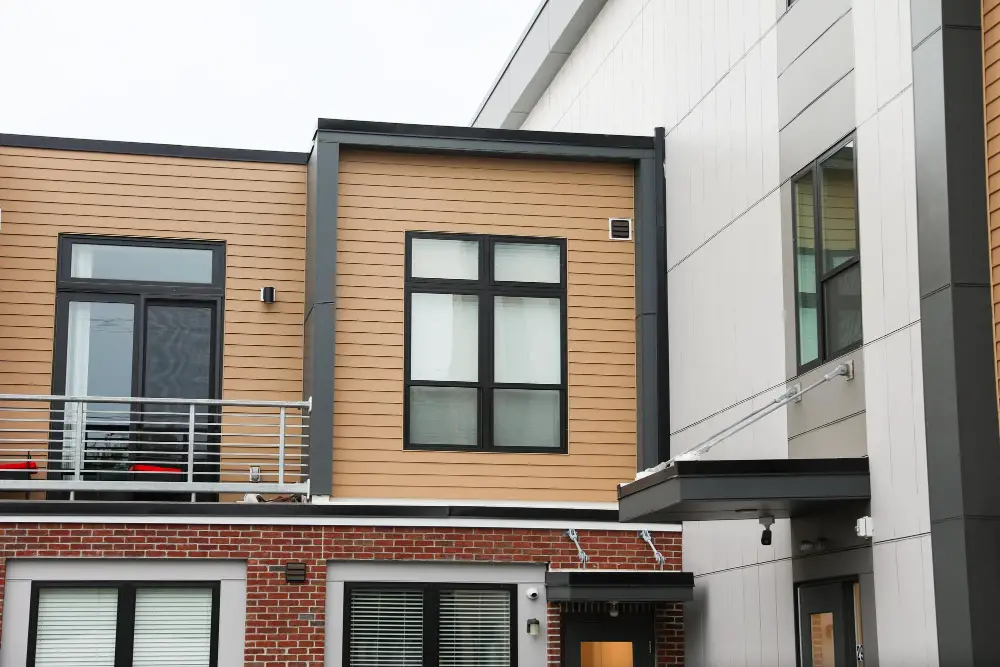
First and foremost, consider the type of cladding material that you want for your windows. Aluminum is a popular choice due to its durability and low maintenance requirements, but vinyl and fiberglass can also be good options depending on your needs.
Another important consideration is energy efficiency. Look for windows with high-quality insulation materials like Low-E glass or argon gas fills between panes to help reduce heat transfer through the window.
You’ll also want to think about customization options such as color choices or hardware finishes so that your new clad windows match seamlessly with the rest of your home’s design aesthetic.
Don’t forget about installation costs when budgeting for new clad windows.
Popular Brands and Manufacturers
Some of the most well-known names in the industry include Andersen, Marvin, Pella, and Weather Shield. These companies offer a wide range of clad window options that vary in terms of materials used, design features offered and price points.
Andersen is one brand that has been around for over 100 years and is known for its high-quality products made from sustainable materials such as wood fibers. They offer several different types of cladding options including vinyl-clad windows which are low maintenance while still providing excellent energy efficiency.
Marvin Windows & Doors offers a variety of customizable clad window designs with an emphasis on durability through their patented Ultrex fiberglass material which resists fading or cracking even under extreme weather conditions.
Pella Corporation also offers various styles ranging from traditional to contemporary designs with aluminum-clad exteriors available in multiple colors along with other customization options like hardware finishes or grille patterns.
Weather Shield provides homeowners with both wood-clad windows as well as fiberglass exterior cladding choices designed specifically for harsh climates where temperature fluctuations can cause damage over time if not properly protected against moisture infiltration.
Care and Cleaning Tips
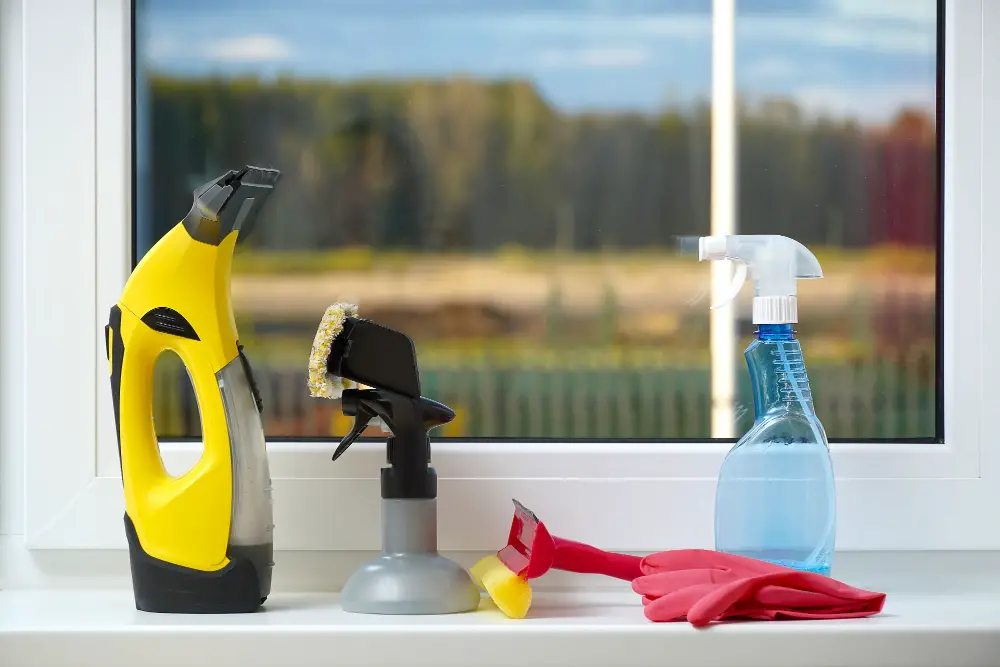
Fortunately, caring for and cleaning clad windows is relatively easy and straightforward. Here are a few tips to keep in mind:
1. Regular Cleaning: Clean your clad windows regularly with a mild soap solution or specialized window cleaner.
2. Avoid Harsh Chemicals: Do not use harsh chemicals or abrasive materials on the cladding material as this can cause damage.
3. Check Seals: Inspect the seals around the window frame periodically and replace any damaged ones immediately.
4. Lubricate Hardware: Keep hardware lubricated with silicone spray or other recommended products to prevent rusting and corrosion.
5. Professional Maintenance: Consider hiring professional maintenance services every few years for deep cleaning, inspection of seals, hardware adjustment/replacement if necessary.
By following these simple care and cleaning tips, you can help extend the lifespan of your clad windows while keeping them looking great year-round!
FAQ
What does aluminum clad window mean?
Aluminum clad windows refer to wood windows or doors that have a protective exterior layer of aluminum wrapped around the sash and frame, offering durability and low maintenance.
What are clad windows made of?
Clad windows are made of either vinyl, aluminum, or fiberglass on the exterior, while maintaining a real-wood interior look.
What is a clad frame?
A clad frame is a wooden frame and sash in a window that features an exterior cladding made from materials like aluminum, vinyl, or fiberglass, offering improved energy efficiency, a wood interior, and a low-maintenance exterior.
How long do wood clad windows last?
Wood clad windows last upwards of 30 plus years.
What are the benefits of using clad windows in home construction?
Clad windows offer benefits such as low maintenance, increased durability, and enhanced energy efficiency in home construction.
How do vinyl clad windows compare to aluminum clad windows in terms of durability and energy efficiency?
Vinyl clad windows generally provide better energy efficiency and similar durability compared to aluminum clad windows.
What factors should be considered when choosing between different types of clad windows for a project?
When choosing between different types of clad windows for a project, consider factors such as maintenance requirements, material durability, energy efficiency, and aesthetic preferences.
Recap
